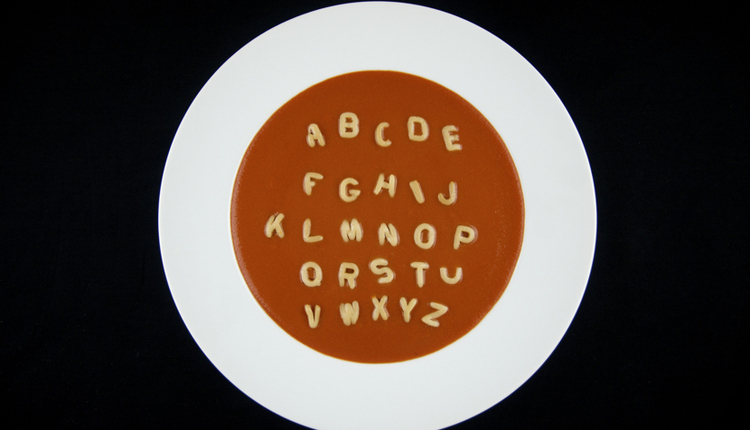
The US Postal Service (USPS) recently requested a rate increase, to be effective April 26, 2015.
Overall, the price increase will be 1.966%, but for most of you reading this blog, your company can expect a postage increase of 2.417%. Why the difference? In a politically correct move, the USPS will keep the price of a first-class stamp unchanged. This will dampen criticism from the general public, since our personal mailing costs will not rise. However, businesses mailing at discounted rates (which should include your company) will have to bear the brunt of the increase.
First-class presorted rate increases will range from one percent for mixed AADC to 2.7% for the five-digit discount rate, for an average of 2.417%. The USPS has begun to grow revenues and is starting to report an operational profit. However, including the required prepayment of healthcare costs for future retirees, the Postal Service lost $5.5 billion in fiscal year 2014. Net, the USPS has built up a balance sheet deficit of $90 billion. So, unless Congress relaxes the requirement for prepayment of healthcare costs, I think we can all plan on annual postage rate increases.
Many mailing managers are going to be tasked to hold their budgets and will have to find the 2.4% somewhere. This is an annual problem that will not go away and a long-term strategy is required. Most large mailers are relying on the gradual conversion of transaction mail (statements, invoices, policies, etc.) from paper to electronic delivery. Yet, most large mailers have pretty much plateaued their paperless adoption rate. If management is satisfied and the slow conversion rate is “good enough,” then stop reading.
An old comic comes to mind that many of you have seen before, and it could not be more relevant today. The original comic referred to an engineer, but it applies to any discipline. Sometimes, people need to step back and listen to new ideas, rather than just charging ahead with “old” ideas. This could not be truer than when we talk about paper suppression. Companies continue to drive customers to utilize their website to retrieve documents. Some have been successful but most keep hitting that brick (adoption) wall. Maybe it is time to find that “paper suppression” Gatling gun of 2015 and finally win the war on paper.

Richard Rosen is the chief executive officer of The RH Rosen Group, a firm that provides solutions to help businesses improve processes and customer communications with the intent to create real, recurring benefits in: cost reduction, electronic payment, shipment tracking and printing/mailing. Contact him at RichR@RHRosenGroup.com or visit www.rhrosengroup.com.


























